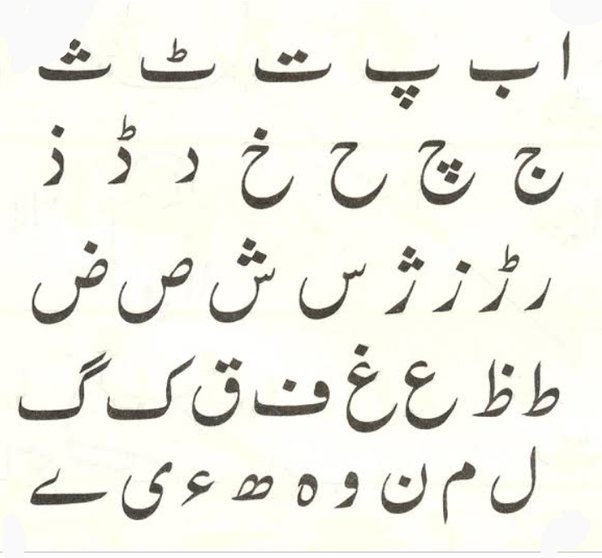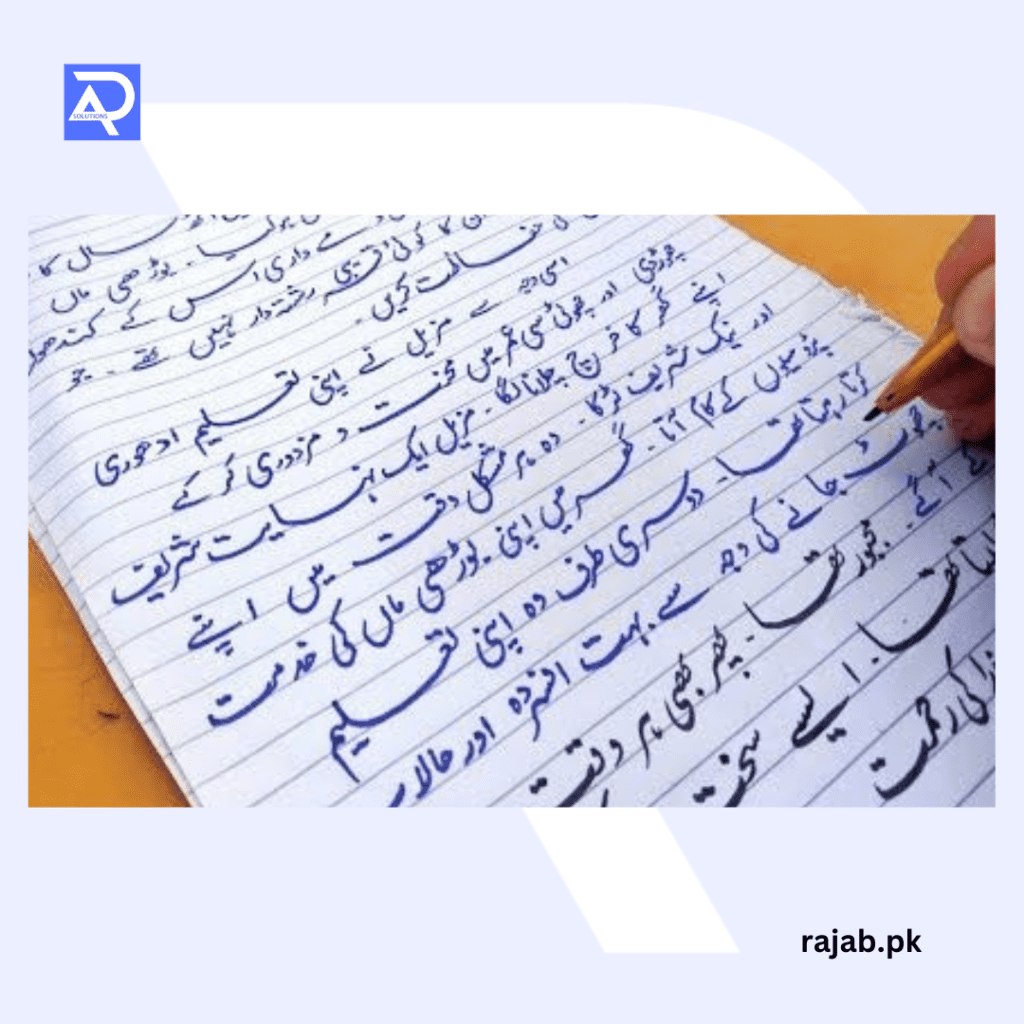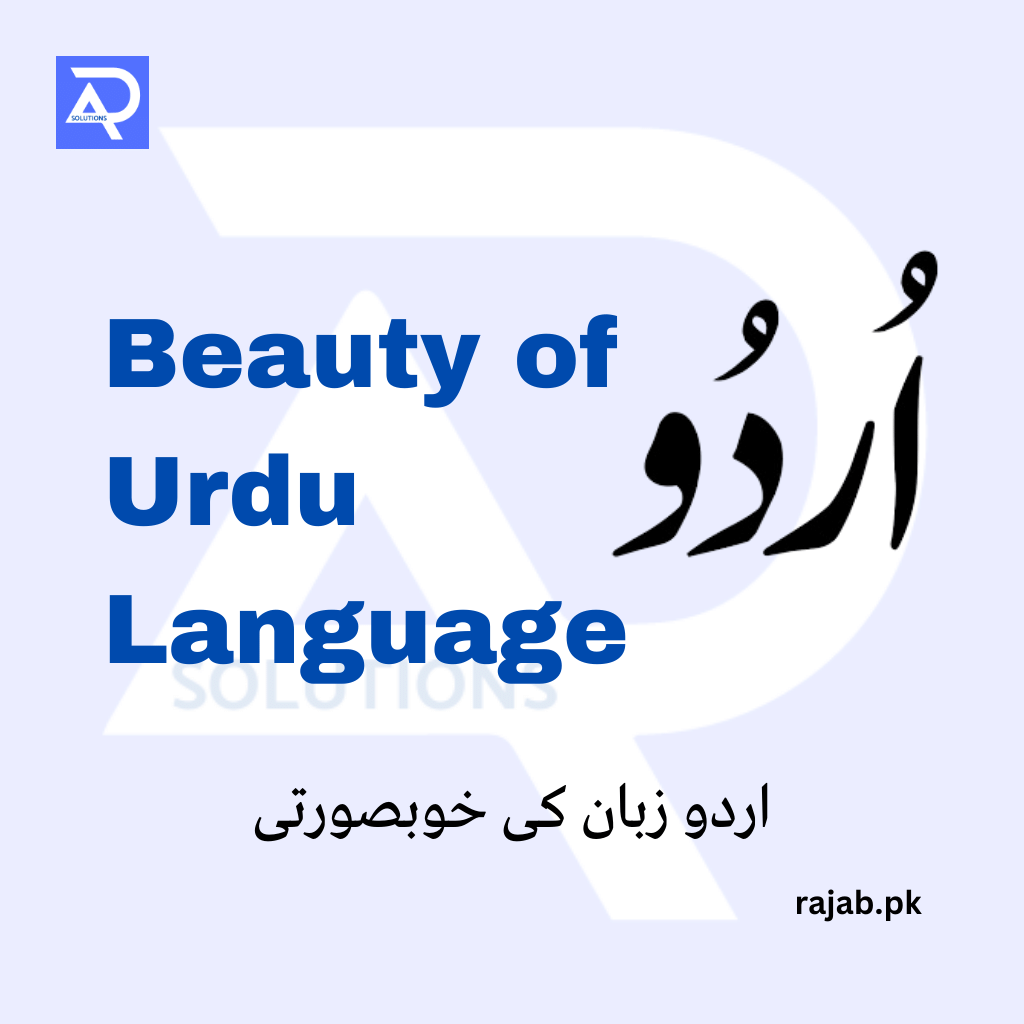Urdu, the language of love and poetry, is a linguistic treasure with a rich history and a captivating beauty that has captured hearts across South Asia and beyond. In this article, we delve into the origins, characteristics, cultural significance, and modern usage of the Urdu language, celebrating its enduring charm and importance.
Table of Contents
I. Introduction to Urdu Language
Urdu, often described as the language of poets and lovers, is a language that beckons with its melodious tones and intricate script. Urdu language is a language that has woven itself intricately into the tapestry of South Asian culture and history.
From the courts of the Mughal Empire to contemporary Bollywood films, Urdu continues to enchant and inspire.
II. Historical Background
The journey of Urdu begins with a captivating blend of influences. Its roots can be traced back to the Indian subcontinent, where it emerged as a synthesis of various linguistic elements.
Urdu’s foundations are deeply intertwined with Persian, Arabic, and regional Indian languages. As the Mughal Empire flourished, so did Urdu. It became the language of literature, culture, and administration, with the Mughal courts being vibrant centers of Urdu poetry and prose.
III. Linguistic Characteristics
What makes Urdu language stand out is its unique linguistic character. It boasts a script known as Nastaliq, characterized by flowing, cursive lines that are a visual delight.
The language’s vocabulary is a rich tapestry, with words borrowed from Persian, Arabic, and Sanskrit. This linguistic fusion lends Urdu a distinct flavor, making it a treasure trove of expression.

IV. Geographic Distribution
Urdu’s geographical reach extends far and wide. While it is primarily spoken in India and Pakistan, Urdu communities thrive worldwide. In South Asia, it is often spoken alongside regional languages, showcasing its adaptability. Urdu’s influence extends beyond borders, connecting South Asian diaspora communities worldwide.
V. Cultural Significance
Urdu’s cultural significance is undeniable. It has been the muse for countless poets and writers, producing luminaries like Mirza Ghalib, Allama Iqbal, and Faiz Ahmed Faiz. Urdu poetry, especially the ghazal, has touched the deepest chords of the heart. In the world of music, qawwali and Bollywood songs frequently feature Urdu lyrics, adding an extra layer of emotion to the melodies.
VI. Modern Usage
In the modern era, Urdu language remains relevant and vibrant. It plays a pivotal role in politics, media, and education in South Asia. News broadcasts, literature, and academic discourse are enriched by Urdu’s contributions. However, Urdu faces challenges in an increasingly globalized world, where English dominates digital communication.
VII. Preservation and Promotion
Efforts to preserve and promote Urdu are ongoing. Government initiatives and educational programs strive to ensure its continued vitality. Urdu’s role in fostering cultural diversity and strengthening national identities in countries like India and Pakistan is acknowledged and celebrated.
VIII. The Beauty of Urdu Script
The Nastaliq script is a work of art in itself. Its fluidity and aesthetic appeal have inspired generations of calligraphers and artists. Each stroke tells a story, and the elegance of Urdu calligraphy is a testament to the language’s enduring allure.

FAQs
1. What is the essence of the Urdu Language? Is it like a cultural tapestry or more of a bridge connecting diverse traditions and thoughts? Urdu is a cultural treasure trove—a language that weaves together diverse traditions, reflecting a rich tapestry of history, culture, and artistic expression.
2. Where does the Urdu Language hail from—deeply rooted in tradition or dynamically evolving in today’s globalized world? Urdu has deep roots in tradition while dynamically adapting to the contemporary world, enriching itself by embracing diverse influences and modern expressions.
3. Can learning Urdu open doors to new worlds or at least provide a deeper understanding of diverse cultures and traditions? Absolutely! Learning Urdu is like unlocking a treasure chest of heritage, offering a gateway to understanding diverse cultures, literature, and a new way of expression.
4. How does Urdu reflect in the everyday lives of people—is it a poetic melody in conversations or a bridge between different communities? Urdu serves as both a poetic melody in conversations and a bridge that unites diverse communities, enriching the cultural landscape by fostering understanding and unity.
5. Can the beauty of the Urdu Language be felt in the vibrant culture or at least create a colorful mosaic of traditions and artistic expressions? It’s a bit of both! Urdu’s beauty shines through the vibrant culture, blending a colorful mosaic of traditions, literature, art, music, and heartfelt expressions.
6. Where can one explore the magic of the Urdu Language—in classical literature or thriving in the digital spaces of the modern world? The magic of Urdu can be explored in classical masterpieces as well as in the modern digital sphere, shaping contemporary expressions and influencing new cultural narratives.
7. Can the Urdu Language serve as a medium of connection or at least offer a glimpse into the hearts and minds of its speakers? Absolutely! Urdu serves as a medium of connection, offering a window into the hearts and minds of its speakers, fostering connections and fostering empathy.
8. Is the charm of the Urdu Language ever-fading or is it an everlasting flame, illuminating hearts across the ages? The charm of Urdu is timeless—a glowing flame that continues to illuminate hearts across generations, standing as a symbol of cultural richness and linguistic beauty.
IX. Conclusion
In conclusion, Urdu is more than just a language; it’s a cultural treasure. Its historical roots, linguistic characteristics, and cultural significance make it an integral part of South Asian identity.
As we continue into the digital age, let us remember the beauty and importance of Urdu, a language that has inspired poets, lovers, and storytellers for centuries. Its charm remains undiminished, and its future is as bright as its storied past.
X. Additional Resources
- For a deeper dive into Urdu literature and poetry, explore the works of Mirza Ghalib, Allama Iqbal, and Faiz Ahmed Faiz.
- To learn more about Urdu script and calligraphy, visit local art galleries and exhibitions.
- Explore government-sponsored language preservation initiatives and educational programs in India and Pakistan for opportunities to engage with Urdu.
If you want to know more about Urdu language you may want to visit the Wikipedia page. and if you like to read quotes you can visit our Facebook and Instagram page.


11 thoughts on “Exploring the Rich Heritage and Beauty of Urdu Language”
Comments are closed.